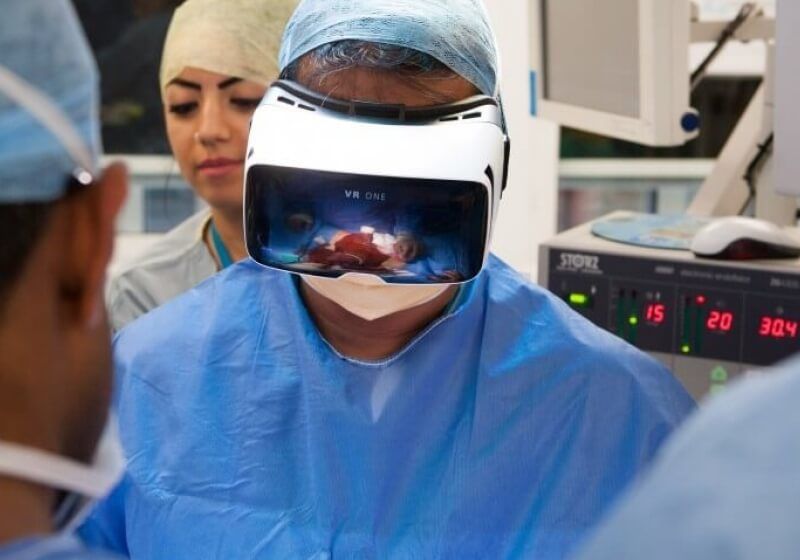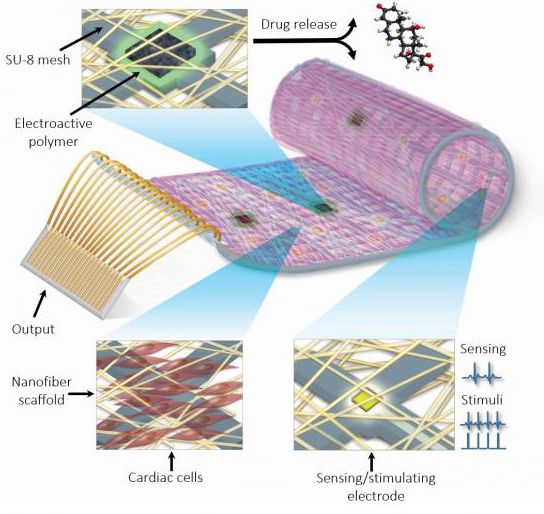Hmmm; not sure if I can watch given my tolerance level of seeing blood.
Cutting-edge technology has a way of snaking itself into the medical field. Over the past few years, for example, we’ve seen 3D printers used to create prescription medication, prosthetic limbs, casts, replacement bones, homemade cosmetic braces and even cartilage implants.
Now, we’re beginning to see some of the ways that virtual reality will impact modern medicine with a company by the name of Medical Realities leading the way.
Co-founded by Dr. Shafi Ahmed, Medical Realities is a medical training firm that specializes in virtual reality, augmented reality and serious games using consumer-level devices like the Oculus Rift. In just a few days, he and his team of medical professionals will be livestreaming the removal of a tumor from the colon of a man in his 70s.




